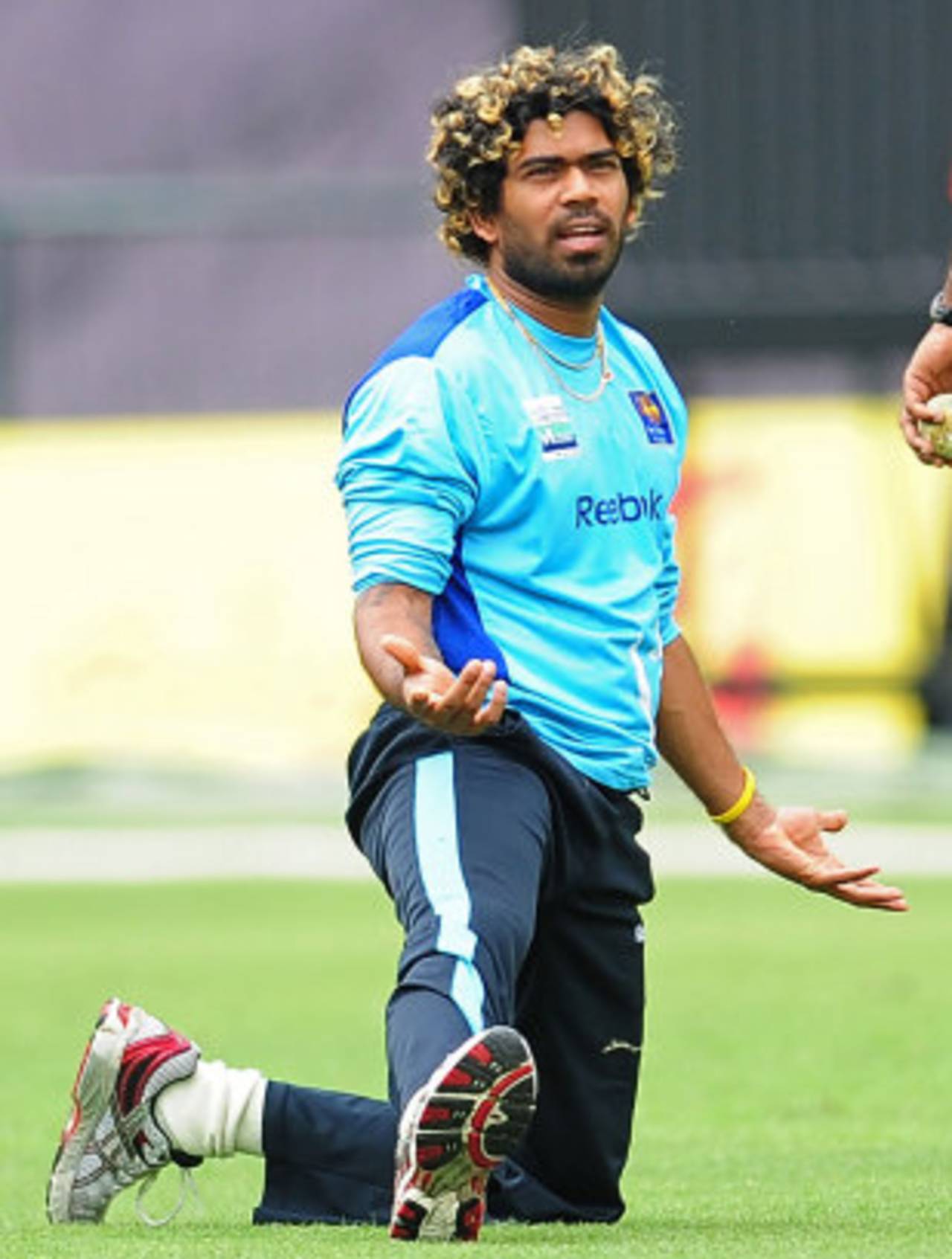Records show that no team plays
Lasith Malinga better than India do. In 27 ODIs spread over eight years
against India, Malinga averages nearly 43 for his 31 wickets, at an economy-rate of almost six an over. The trend has continued
in this series, in which Malinga's five wickets in four games have cost 44 runs each and he has conceded 6.19 runs an over. Even in the
third game, when he removed MS Dhoni and Rohit Sharma off successive deliveries, Malinga went for 60 in his ten overs. That kept another trend intact - Malinga has never taken more than two wickets in any game against India.
One of the world's best death bowlers is taken for runs at the death by India's batsmen. A renowned game-changer has struggled to change games against India. Why does it happen? Is it because of over-exposure, through the endless bilateral series India and Sri Lanka play, and the IPL? Is it because India's batsmen are strong on the leg side and are able to handle Malinga's inswinging, full deliveries better?
Virender Sehwag, earlier the series, said that it was due to India's batsmen getting used to Malinga, both through international matches and the IPL. Mahela Jayawardene agreed with Sehwag about the familiarity factor, but said international fixtures, and not the IPL, were more responsible. He pointed out that India had not played Ajantha Mendis a lot during the IPL, but had dealt with him very effectively. For the record, even before the IPL, Malinga's average against India was above 40, and he had an economy-rate of 5.73.
If only international matches are taken into account, even
Australia and
Pakistan have played 20 and 21 games against Malinga, to India's 27. His average drops from 42.77 against India to 35.73 against Pakistan, and is a creditable 25.02 against Australia. Even more revealingly, his economy-rate improves from 5.98 against India to 4.71 against Pakistan and 5.05 against Australia. So while India's familiarity with Malinga is a factor, it can't be the only reason for their success against him.
Virat Kohli said after his match-winning century in the fourth game said that he was able to score off Malinga because he was strong on the leg side and the bowler's full length balls tended to arrive on the pads. MS Dhoni, who Jayawardene said plays Malinga very well, is also capable off his pads, and also has the helicopter-scythe that he plays through midwicket and wide mid-on.
What about the left-handers then? Suresh Raina said after the third game that he was watching Malinga's release closely and knew that the line to the left-hander would be outside the off stump. Jayawardene had two men posted at point and backward point to Raina against Malinga, indicating the possible line of attack. In the third ODI, in which India's left-hand batsmen - Raina, Gautam Gambhir and Irfan Pathan - all contributed, Malinga was taken for 39 runs through the off side by them, and only 17 on the leg, including a straightish six over long-on by Raina.
Another factor could be Malinga's preferred length. Given a choice between full and short or short of a good length, there is no guessing which length India's batsmen are more likely to score off. The full length becomes even more targetable in the sub-continent - which is where India and Sri Lanka meet most of the time - with the low bounce.
It has to be a combination of over-exposure, predictability of line and length, and the skills of the India batsmen. The mix has proved to be consistently successful against Malinga, who needs quite a few productive bursts to break the long-running trend. Can he produce one in the final ODI on Saturday?
